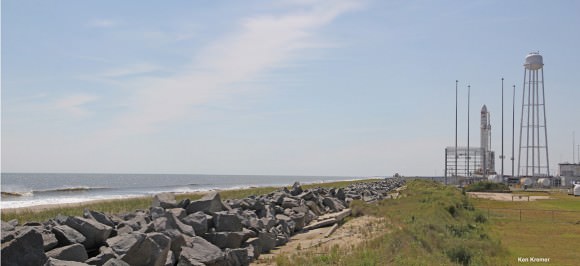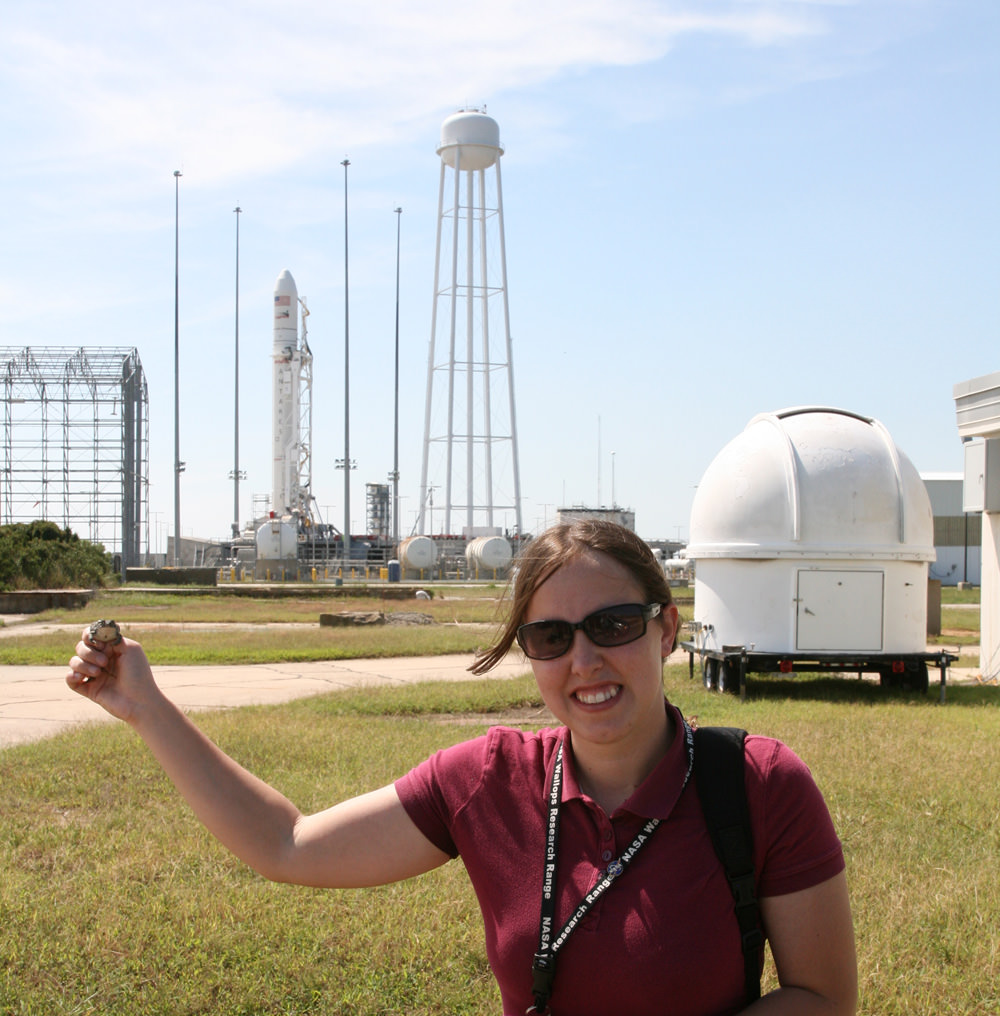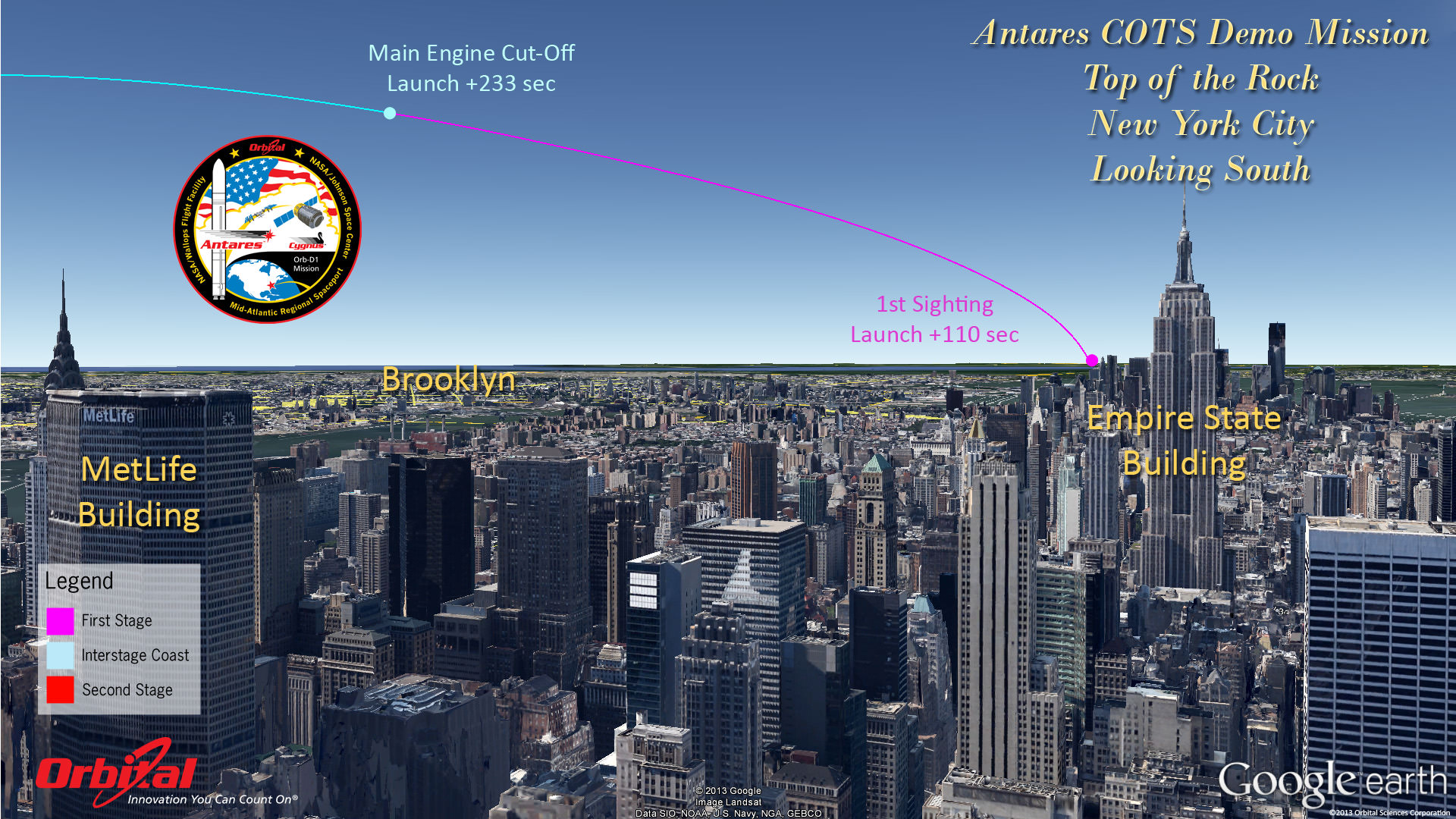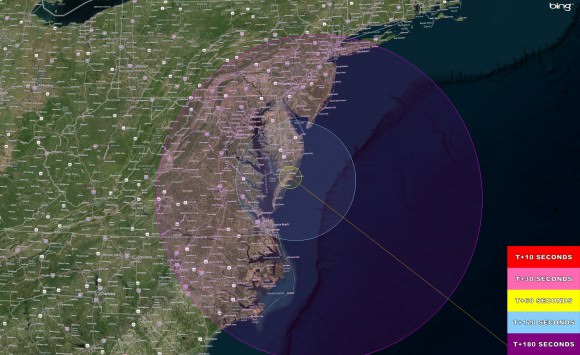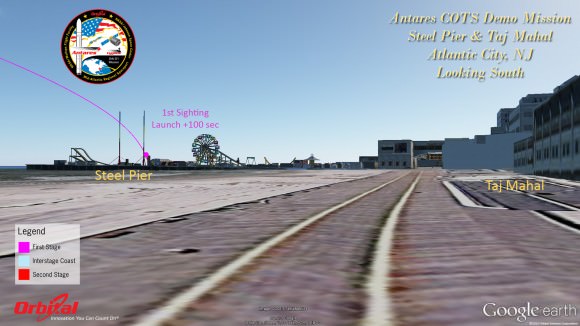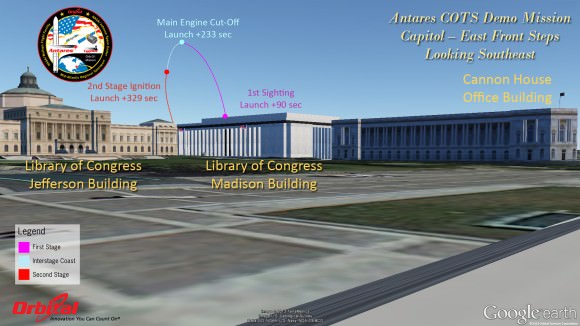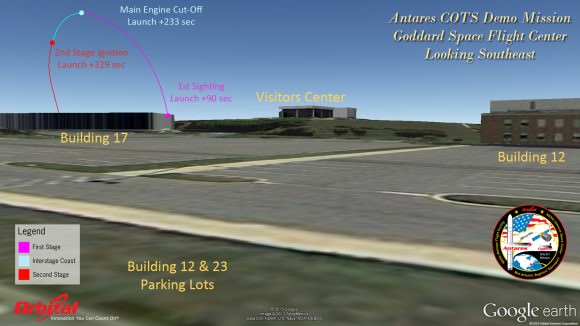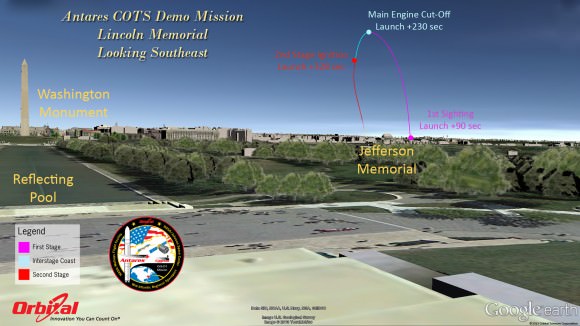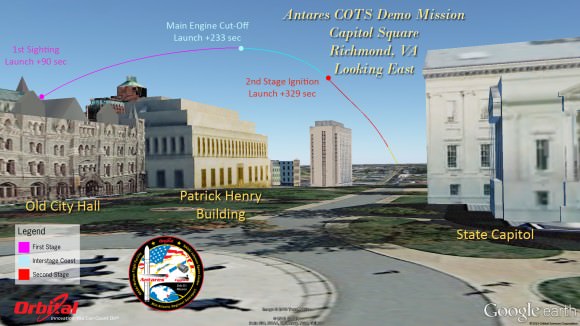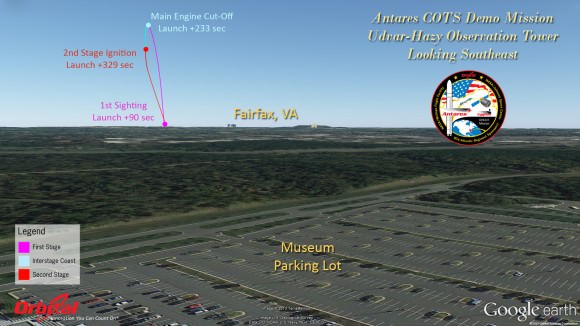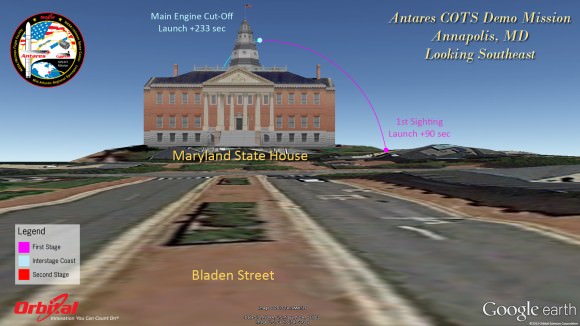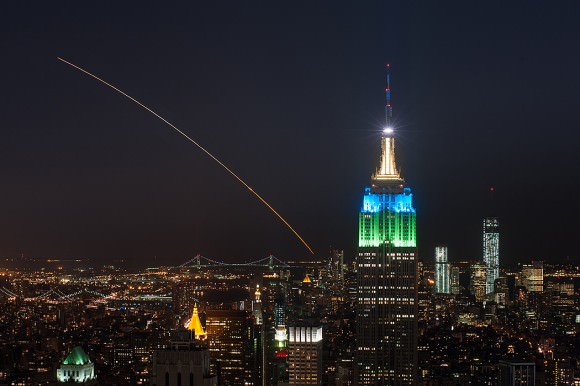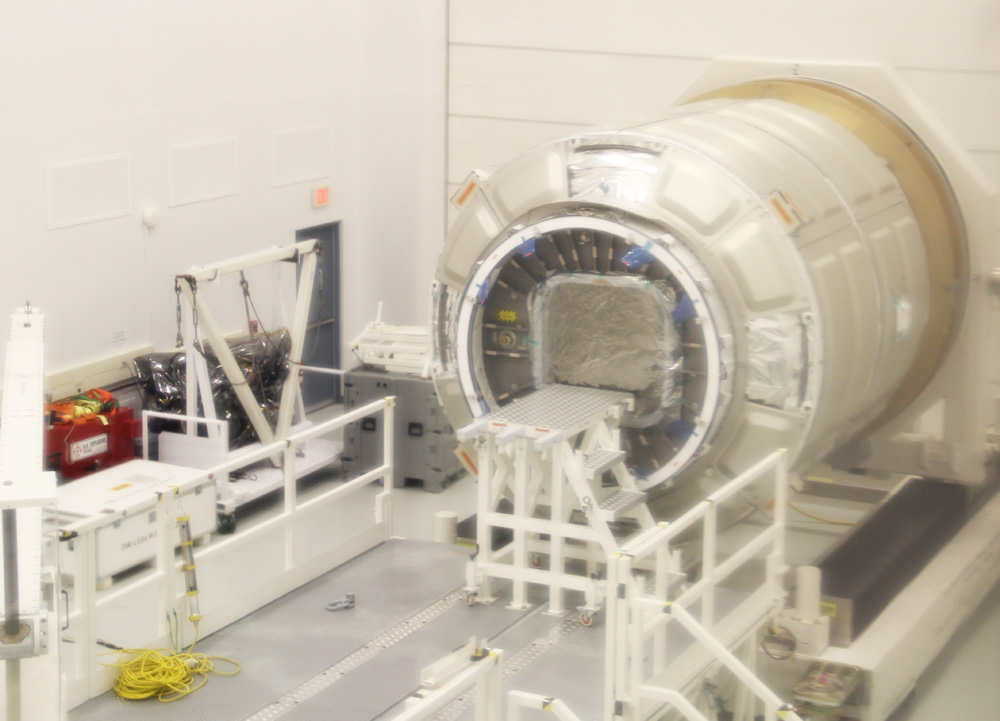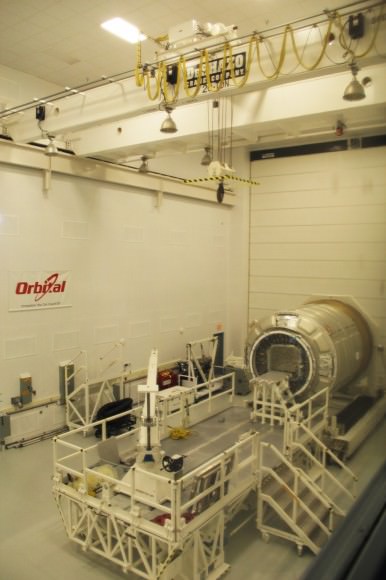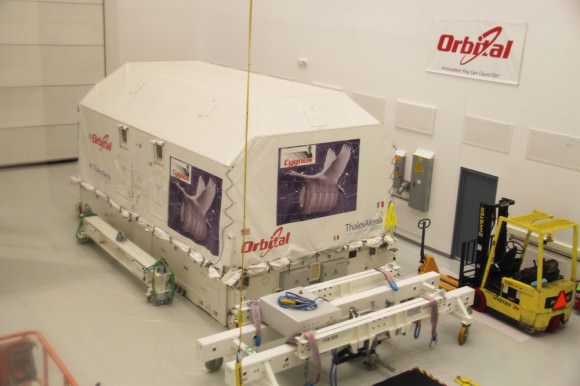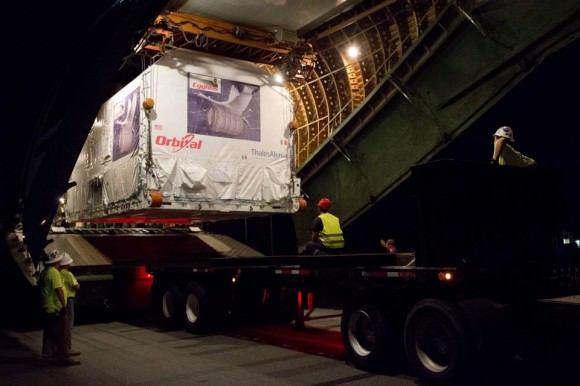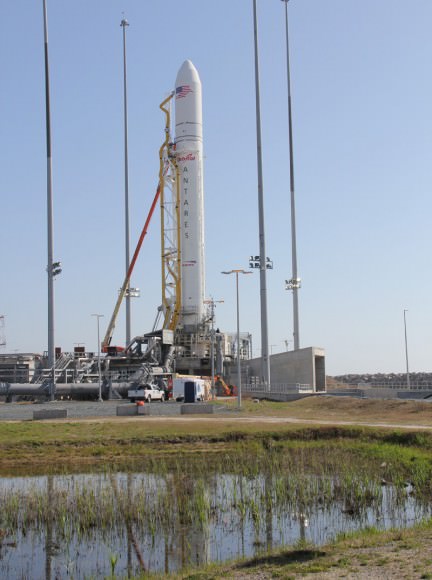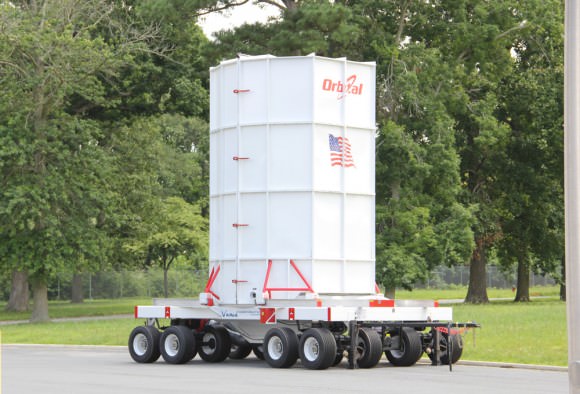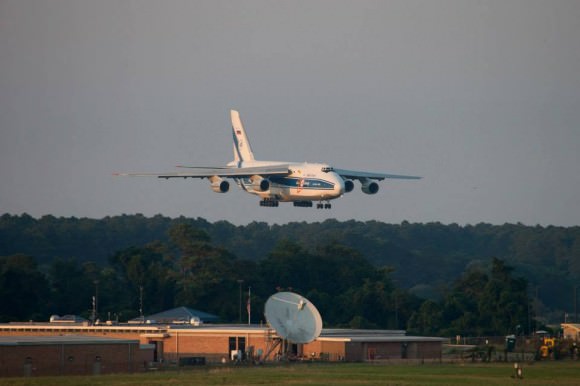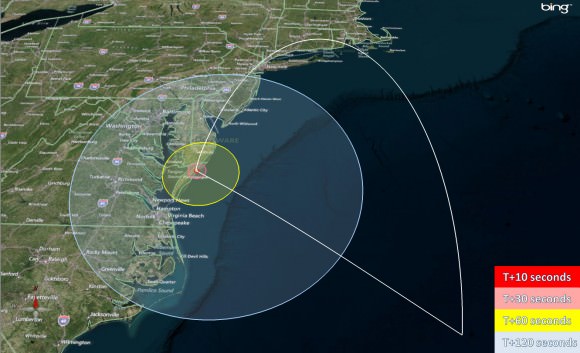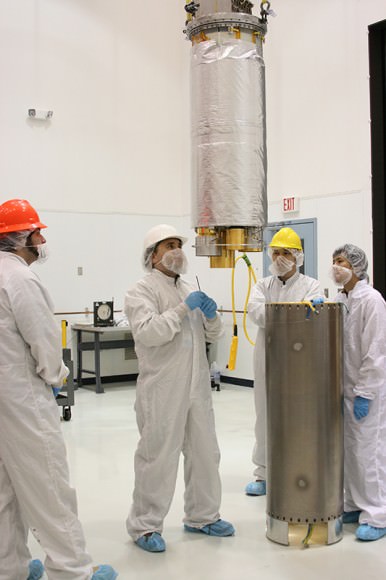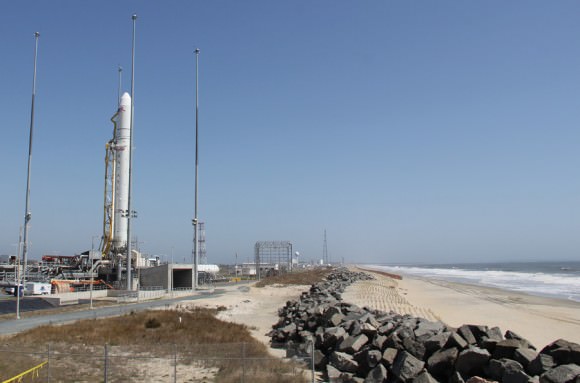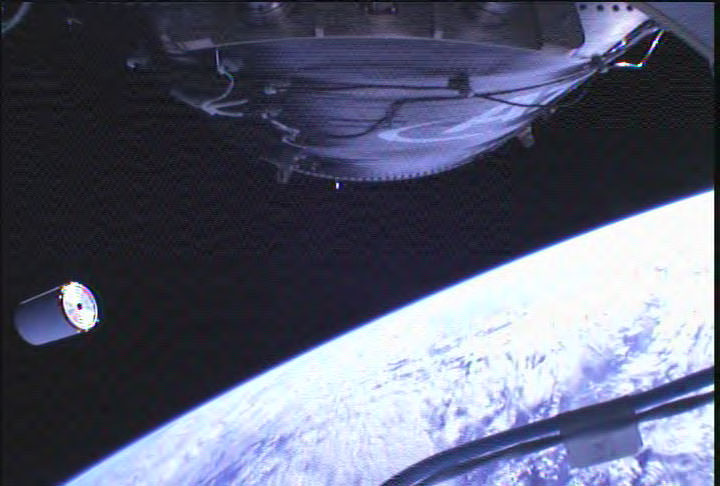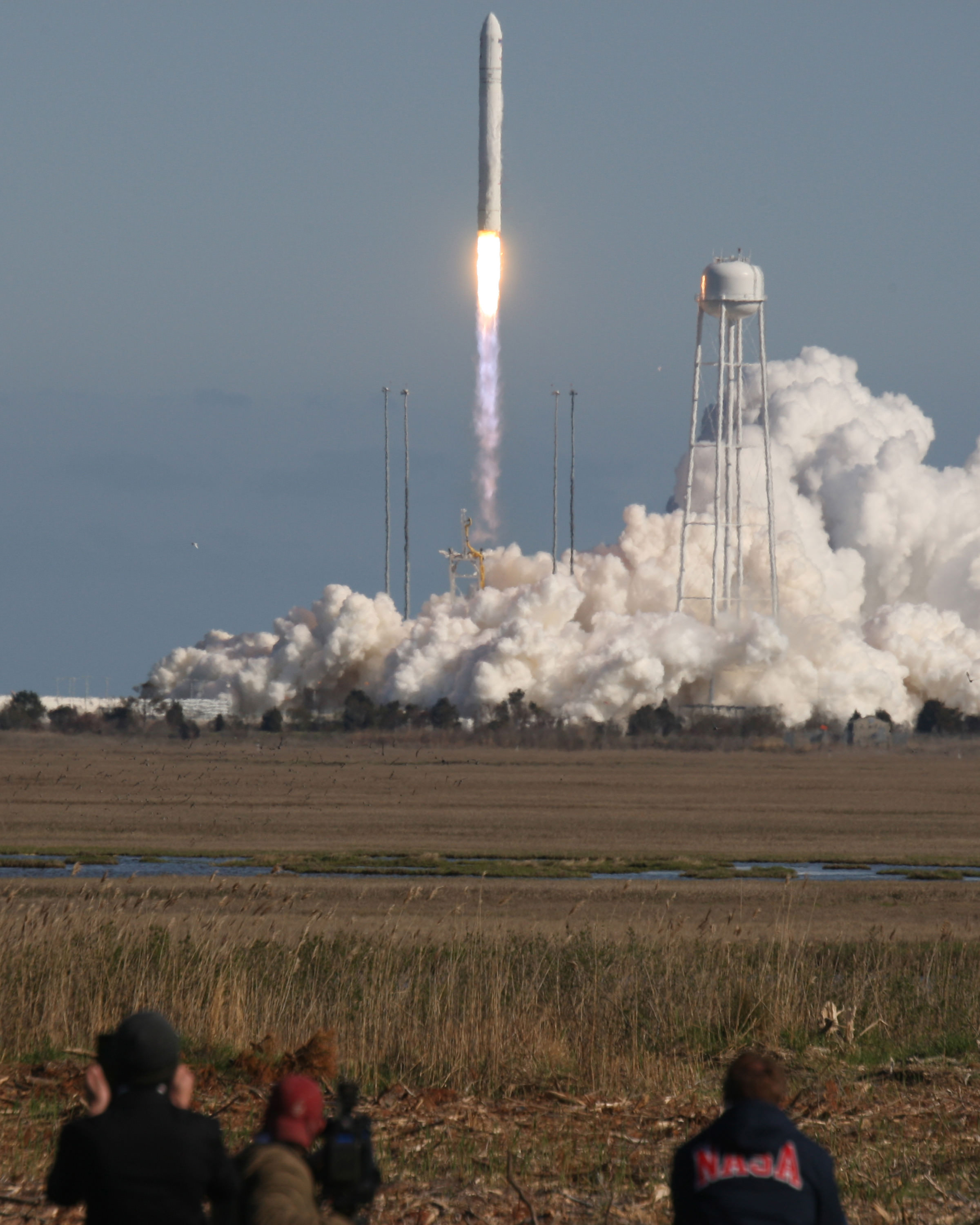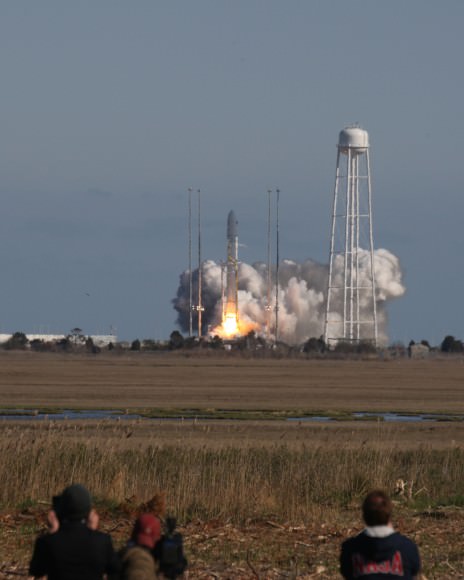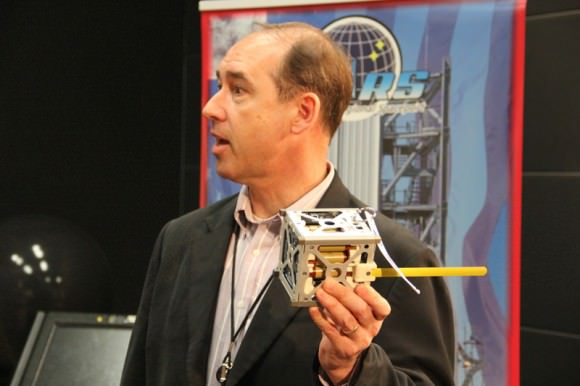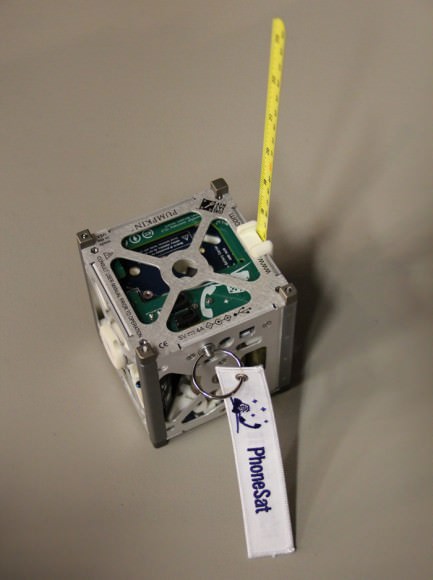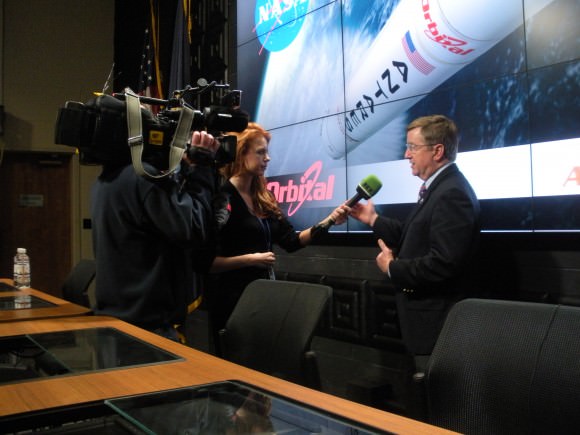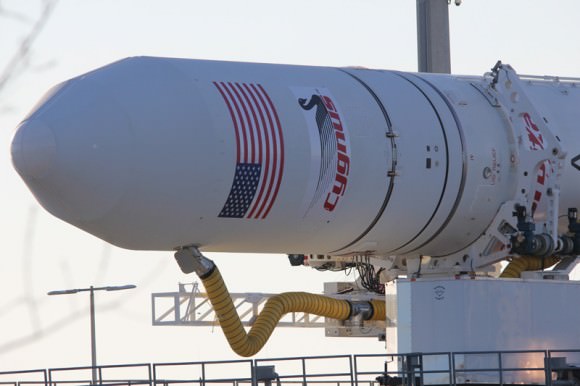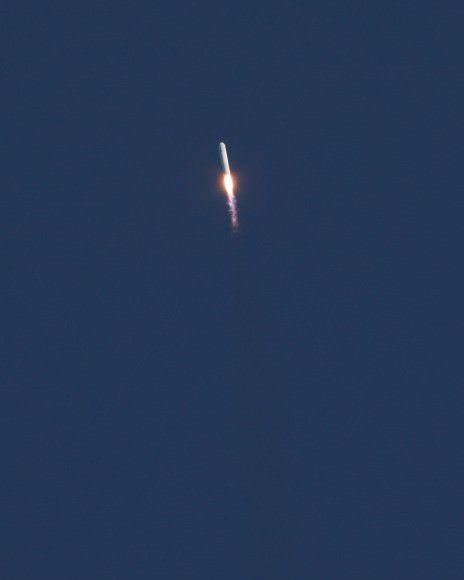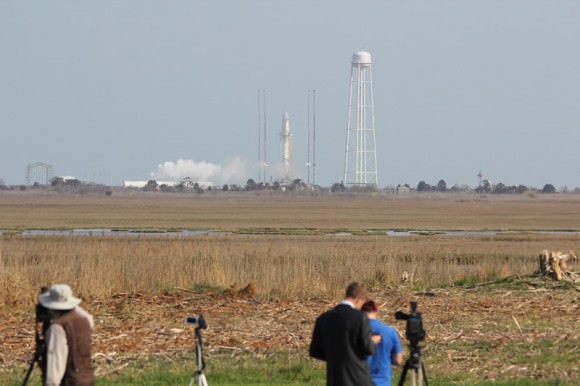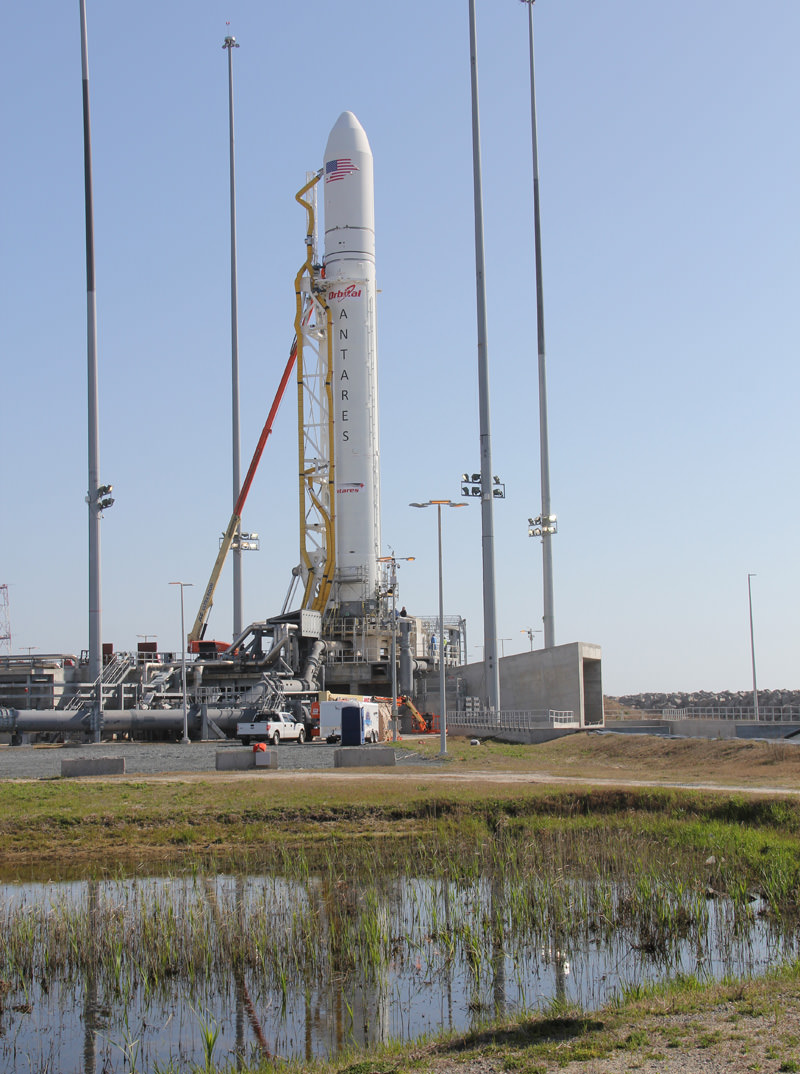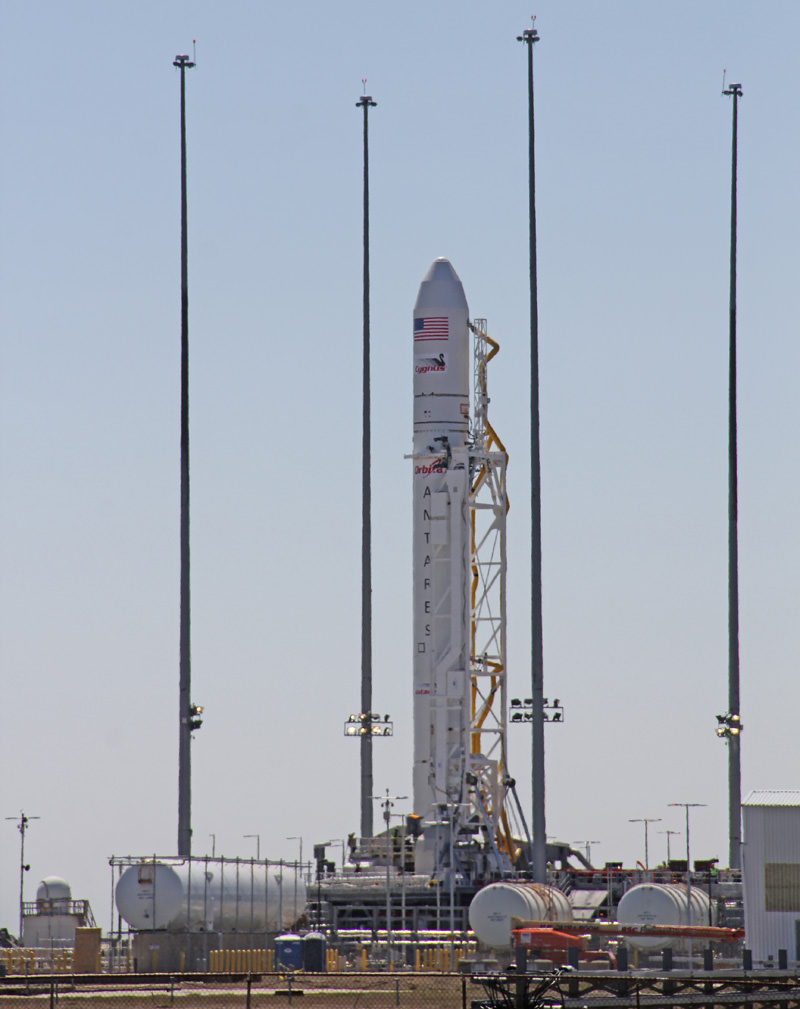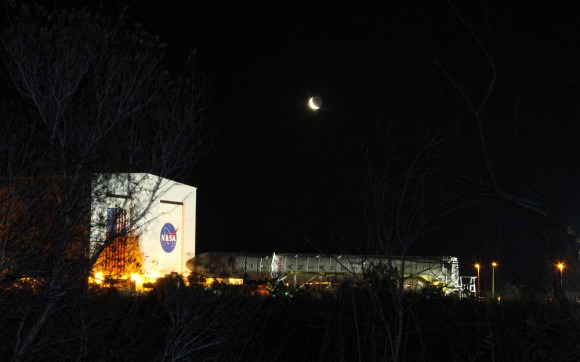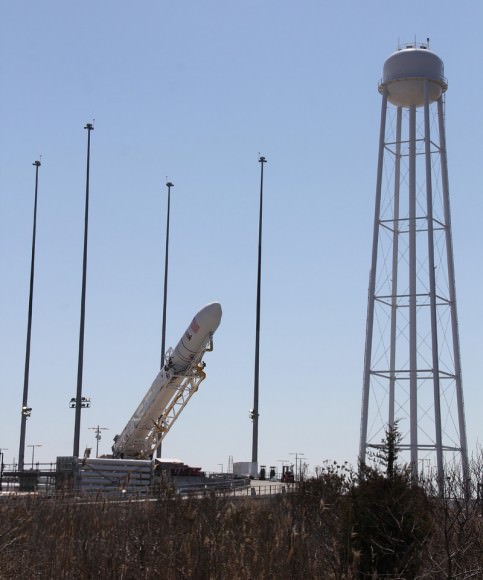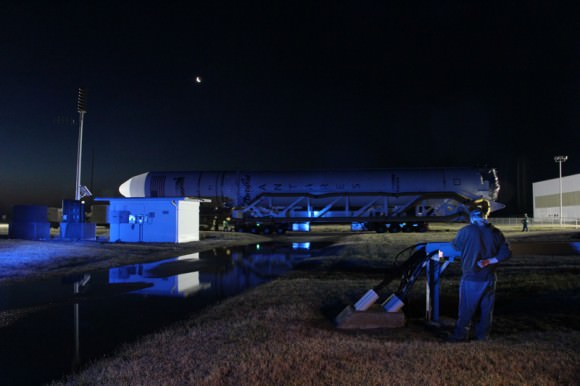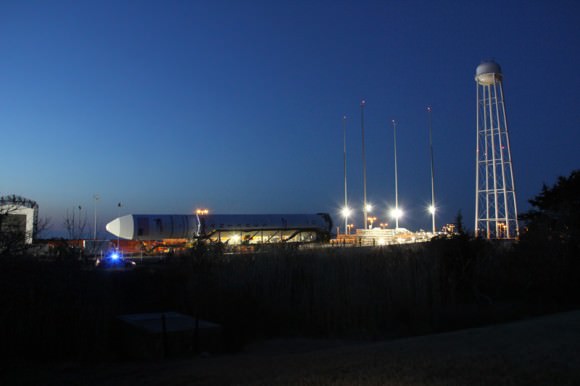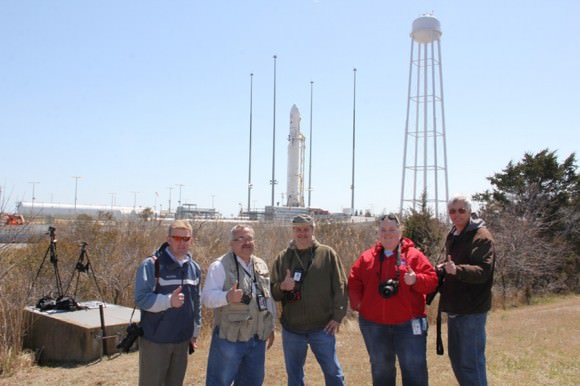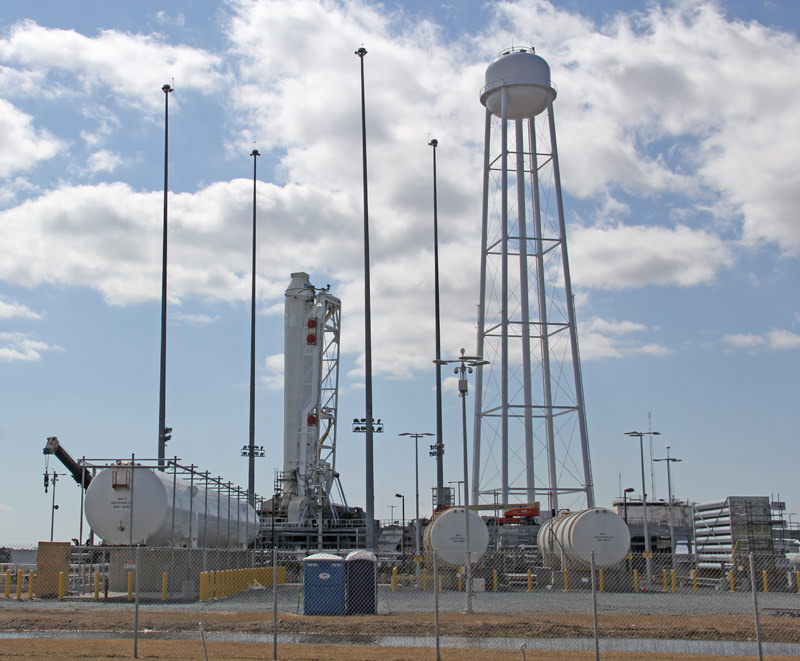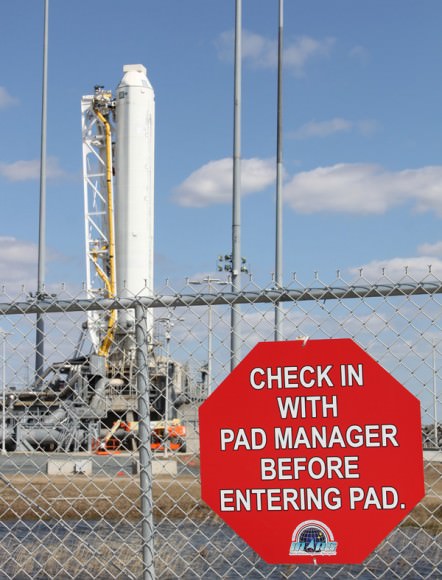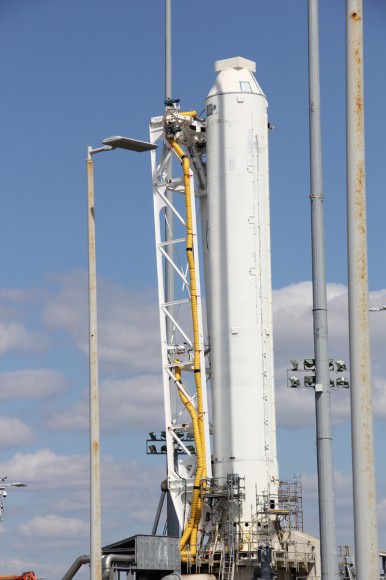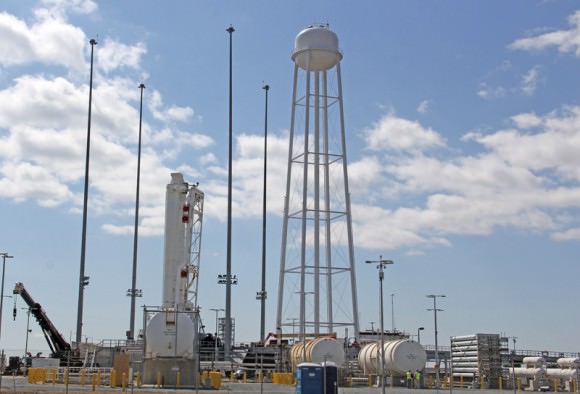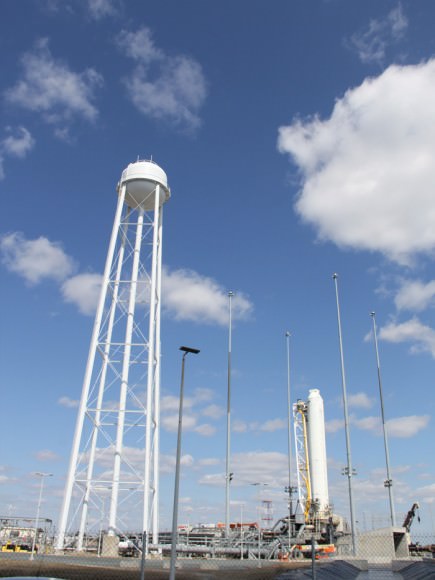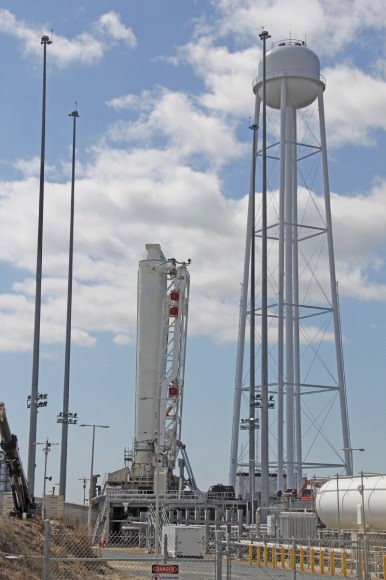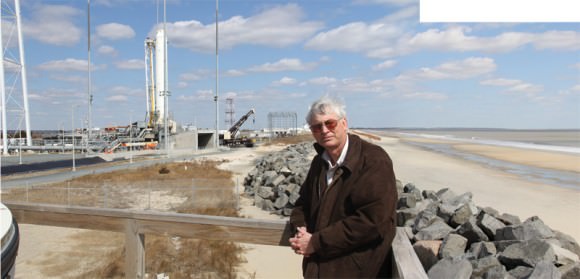WALLOPS ISLAND, VA – Have you seen the NASA frog? The one that became famous worldwide last week following the historic Moon Shot of the LADEE mission from NASA Wallops Island in Virginia?
The one that the inexplicably appeared in a single photograph from a NASA Wallops remote camera when the pressure wave from the Minotaur rockets exhaust sent it hurtling skywards?
Perhaps you are an unbeliever? And think the frog photo was photoshopped?
Well after a thorough investigation, Universe Today has uncovered undeniable proof that NASA’s resident frogs are indeed jumping at the chance to make history again and leap aboard the next rocket headed to space from NASA Wallops on Sept 18.
How do I know this?
Well on Friday the 13th of September, I was on site at NASA Wallops for a photo shoot of the lengthy rollout of the Orbital Sciences Antares rocket to Launch Pad 0A – and the famous frog was a topic of endless conversation in between our gorgeous views of Antares moving along the road to the launch pad atop the Transporter Erector vehicle.
See my frog and rollout photo gallery herein.
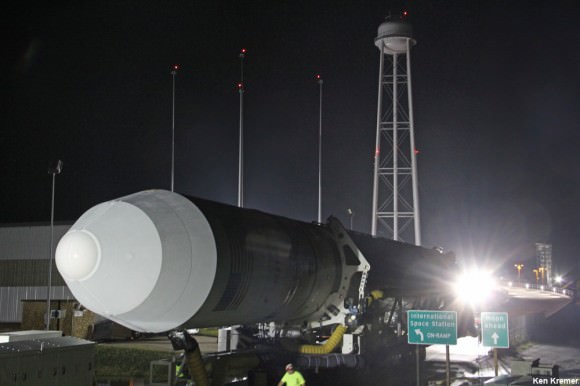
Nary a frog was to be found anywhere all day and night along the 1 mile rollout route.
Finally, after much delay the Antares rocket was raised and erected firmly atop the launch mount.
And then at last the great frog discovery was made.

And of course it took a woman, a NASA photographer named Jamie, to do a man’s job – finding and corralling that frog and fearlessly holding the critter in front of all the guys, including me.
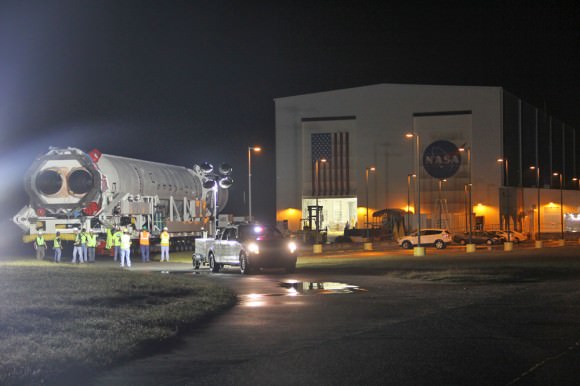
My photos are the proof that the mysterious origin of NASA’s apparently space loving resident frogs has been solved.
Jamie discovered the frog lurking inside a telescope dome used to protect NASA’s launch pad cameras during liftoff.
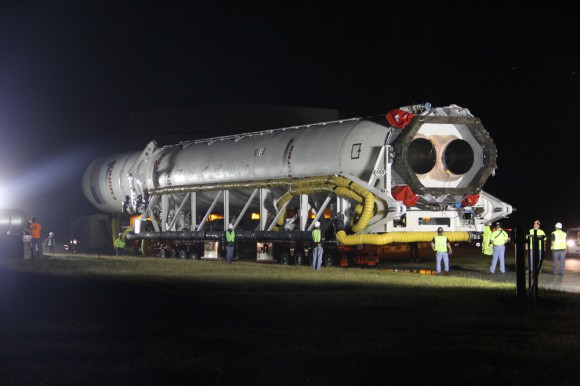
She found the frog hiding inside the dome to evade the ever present security patrols on the lookout for intruders. Where is the NSA when you need them?
And quite clearly these are intelligent frogs – eager to blast off to the High Frontier in pursuit of science.
Why?
Because for the past few weeks these space loving frogs have been reading the new pair of signs installed by the launch pad gates right in front of the on ramps directing traffic to the Minotaur and Antares rockets headed to the Moon and the International Space Station.
They were just waiting for the right moment to hop aboard.
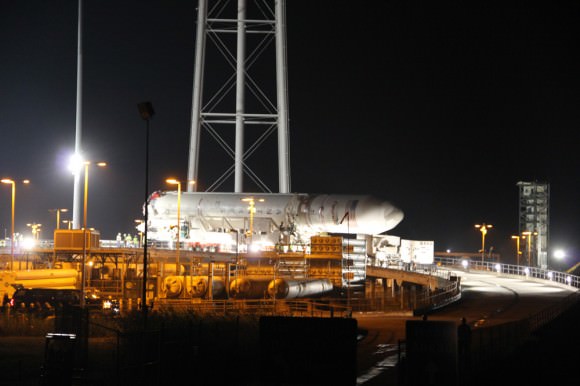
Everything remains on target for the Sept. 18 blastoff of Orbital Sciences Antares commercial rocket carrying the first fully functional Cygnus commercial resupply vehicle to orbit from NASA’s Wallops Island Facility on a demonstration mission bound for the International Space Station (ISS).
“The weather forecast remains at 75% chance of “GO” with favorable conditions,” said NASA Wallops test director Sarah Daugherty at a news media briefing at Wallops today.
“The launch could be widely visible along the East Coast from New York City to South Carolina.” – Weather permitting
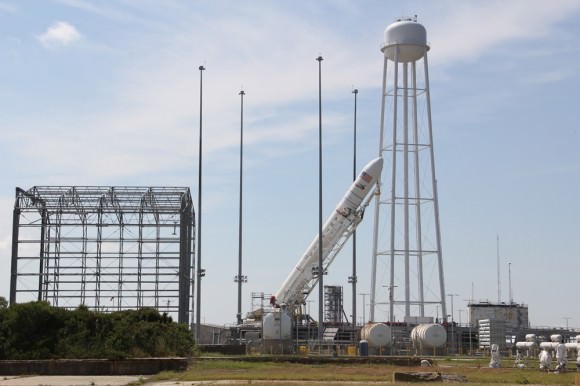
Learn how and where to view the Antares launch by reading my “How to see the Antares Launch” story.
NASA Television coverage of the Antares launch will begin at 10:15 a.m. on Sept 18 – (www.nasa.gov/ntv).
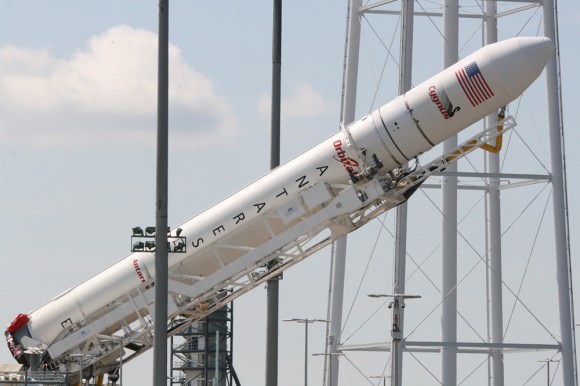
Stay tuned to Universe Today for complete coverage of the Antares/Cygnus Orb-D1 mission to the ISS and my continuing Antares and LADEE mission reports from on site at NASA’s Wallops Launch Pads in sunny Virginia – reporting for Universe Today.
Ken Kremer
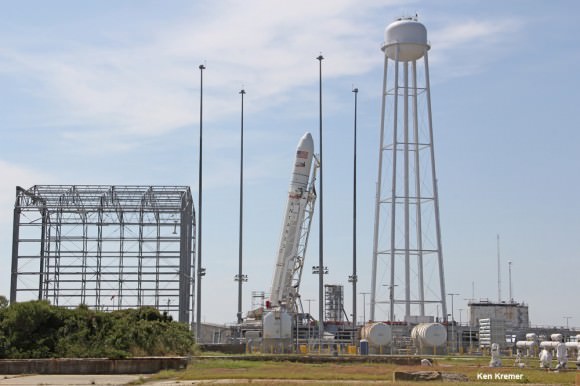
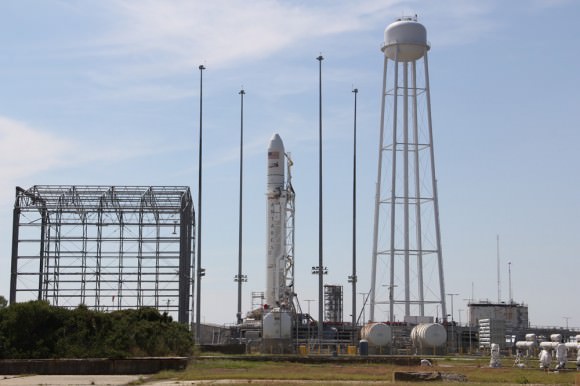
…………….
Learn more about Cygnus, Antares, LADEE, Curiosity, Mars rovers, MAVEN, Orion and more at Ken’s upcoming presentations
Sep 17/18: LADEE Lunar & Antares/Cygnus ISS Rocket Launches from Virginia”; Rodeway Inn, Chincoteague, VA
Oct 3: “Curiosity, MAVEN and the Search for Life on Mars – (3-D)”, STAR Astronomy Club, Brookdale Community College & Monmouth Museum, Lincroft, NJ, 8 PM
Oct 8: LADEE Lunar & Antares/Cygnus ISS Rocket Launches from Virginia”; Princeton University, Amateur Astronomers Assoc of Princeton (AAAP), Princeton, NJ, 8 PM
